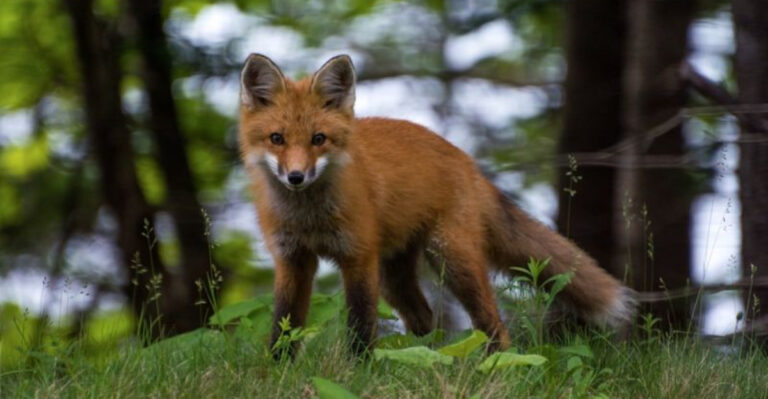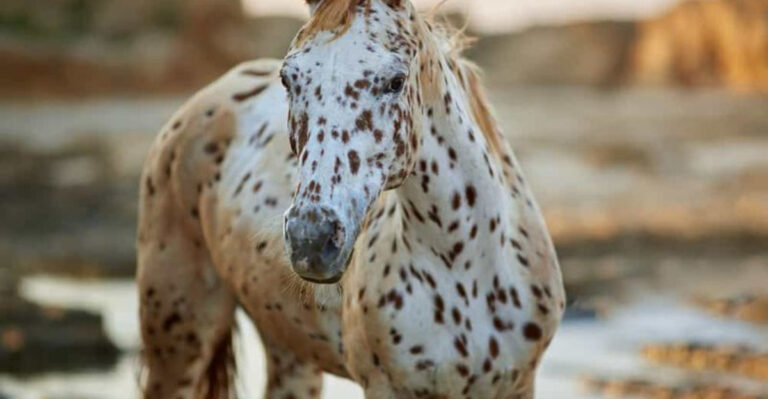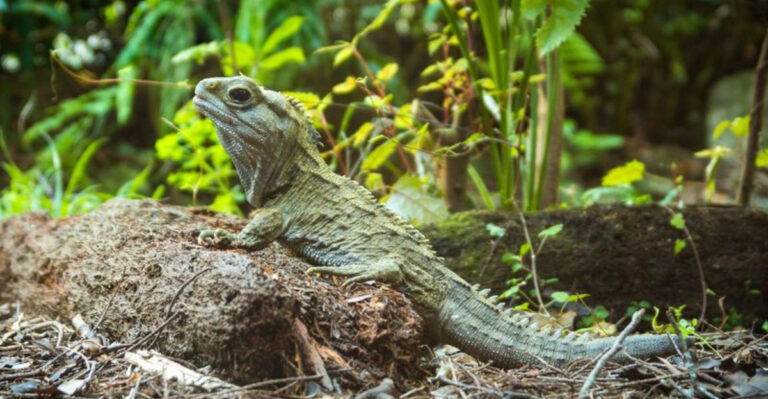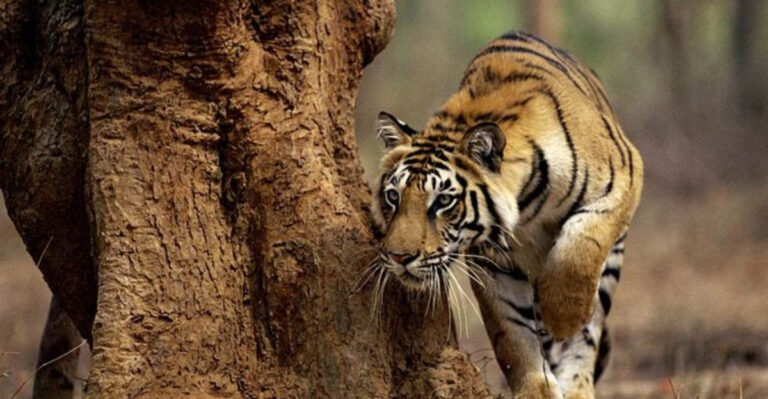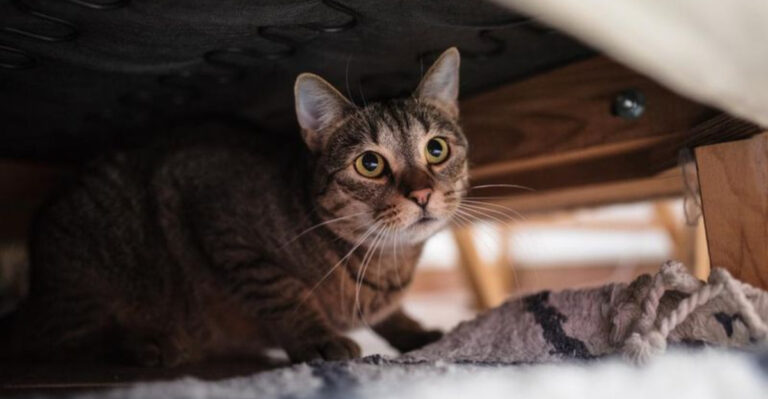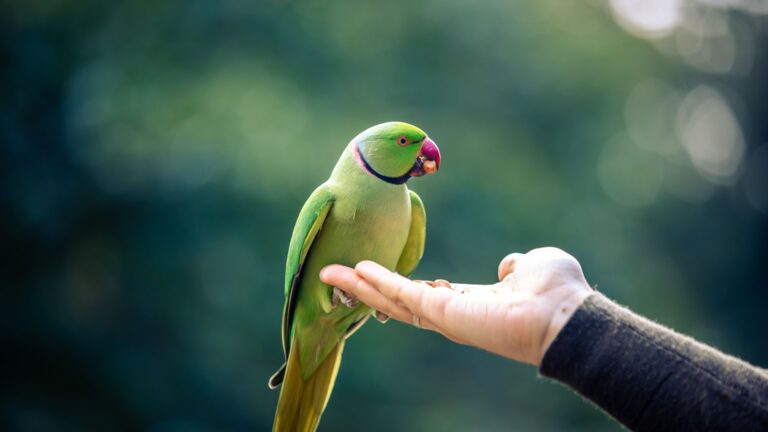Feral Hogs Cost Texas Farmers $119 Million Annually, America’s Food Supply At Risk
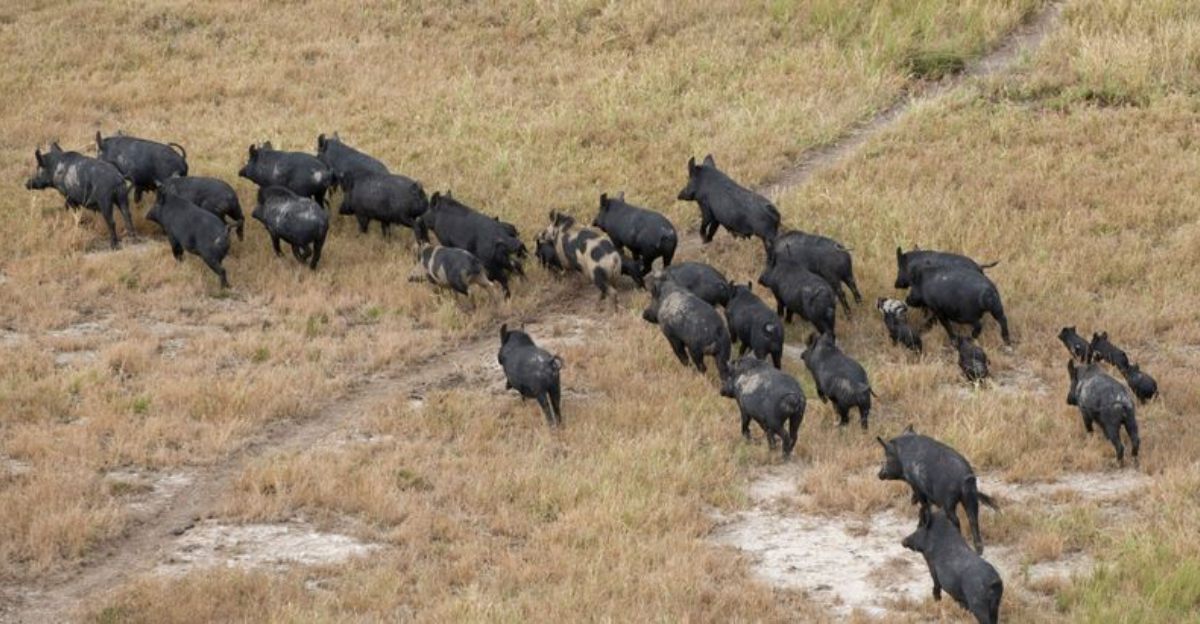
Wild pigs are wreaking havoc across Texas farmlands and threatening America’s food security. These destructive animals uproot crops, damage equipment, and contaminate water sources with alarming efficiency.
Their rapid breeding and intelligent nature make them one of the most expensive invasive species problems facing American agriculture today.
Feral Hogs Inflict $119 Million Annual Loss On Texas Farmers
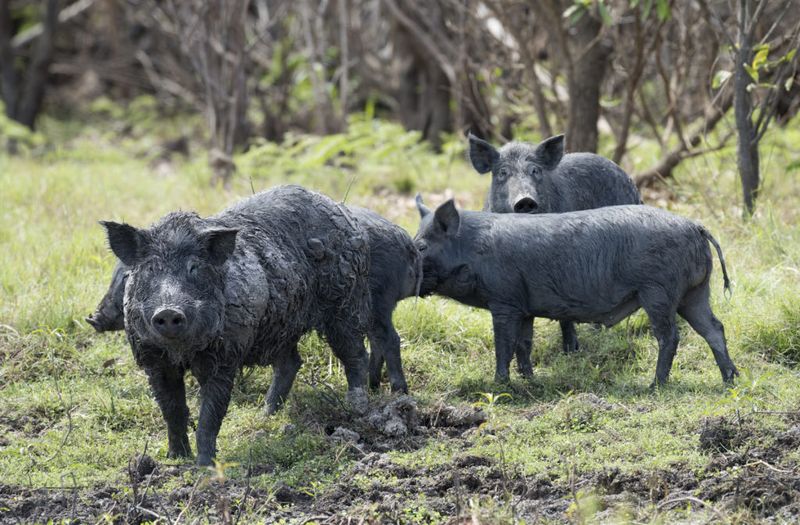
Texas farmers face devastating financial blows from these invasive swine. The $119 million price tag includes destroyed crops, damaged fences, and ruined irrigation systems.
Many family farms operate on thin profit margins, making these losses potentially catastrophic. Some farmers report abandoning certain crops entirely because hog damage makes them unprofitable.
U.S. Agricultural Damage Exceeds $1.6 Billion Annually
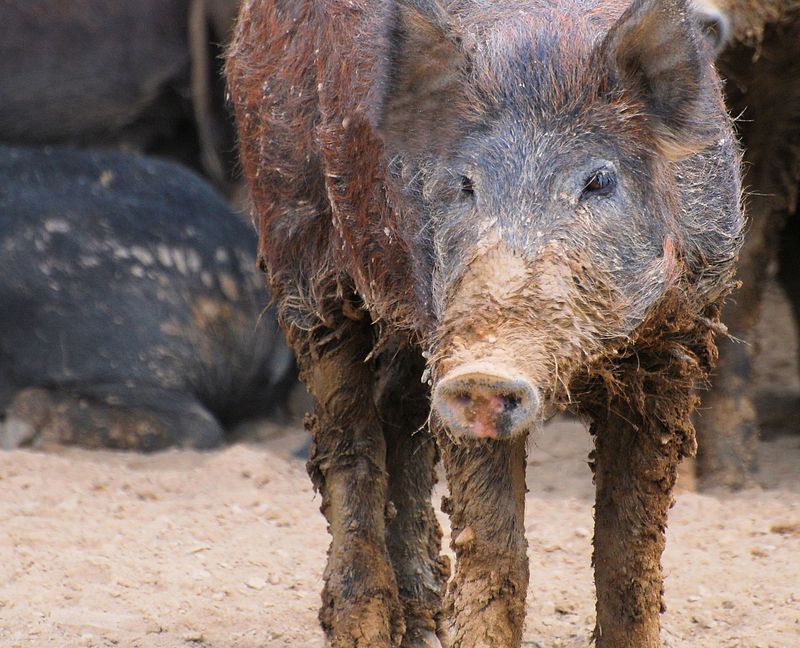
Beyond Texas, the national impact reaches a staggering $1.6 billion yearly. Feral swine tear through farmland across 35 states, leaving destruction that ripples through the entire food supply chain.
Crop insurance rarely covers the full extent of these losses. The economic impact extends beyond farms to affect food prices for all Americans.
Feral Hogs’ Rapid Population Growth
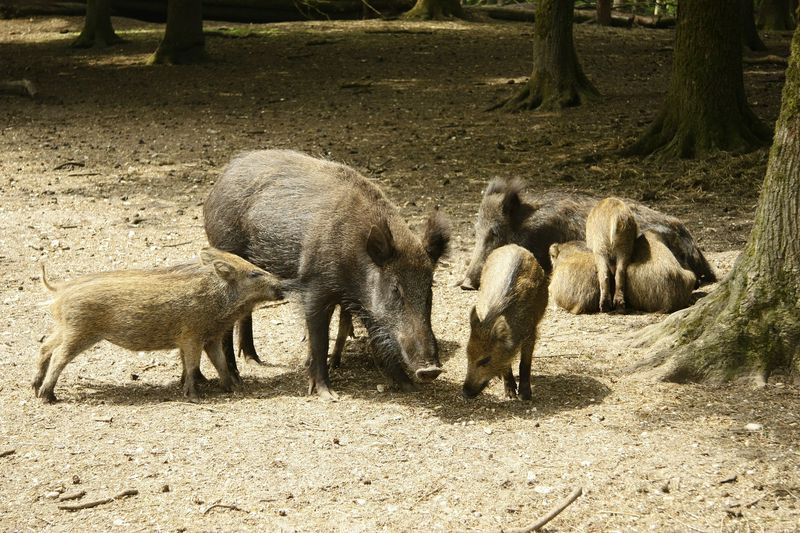
Female hogs can produce two litters annually, with each containing 4-12 piglets. This explosive reproduction rate explains the population surge from 2.4 million to 6.9 million in just 34 years.
Without natural predators, their numbers continue to climb. Texas alone hosts approximately 2.6 million feral hogs – nearly 40% of the national population.
Feral Hogs’ Preference For Agricultural Crops
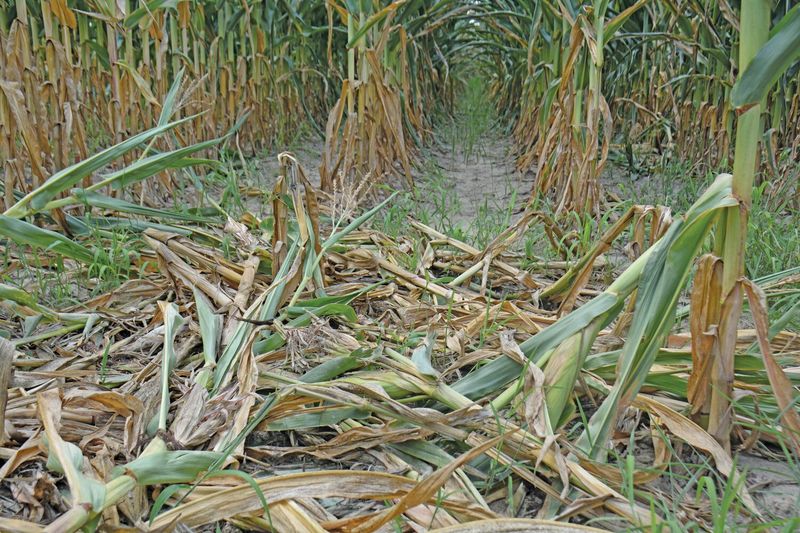
These opportunistic eaters show particular fondness for staple crops. They’ll travel miles specifically to raid cornfields during crucial growth stages.
Their feeding behavior isn’t just consumption – they trample and root up far more than they eat. A single night’s visit from a sounder (group) of hogs can destroy entire sections of valuable commodity crops.
Damage To Vegetables And Fruits
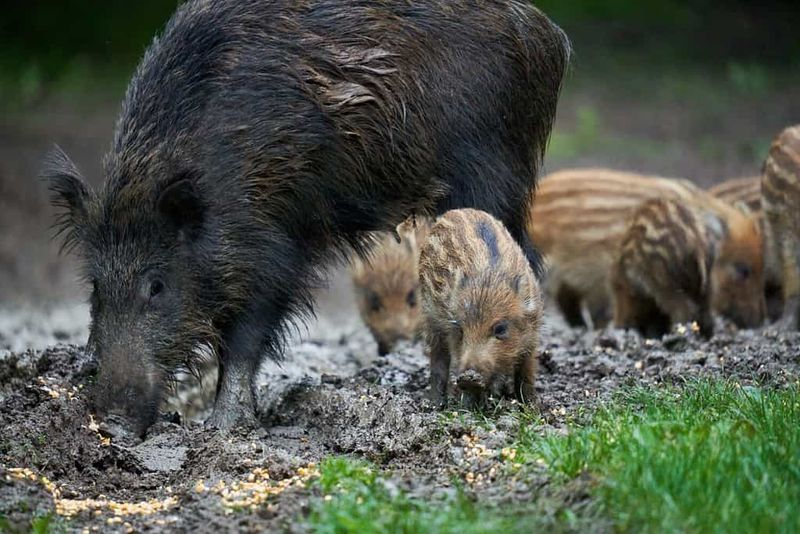
Specialty crop farmers face unique challenges from these invasive pests. Hogs demolish high-value vegetable fields and orchards, leaving nothing marketable behind.
Smaller farms growing premium produce often lack resources for extensive fencing. The destruction of a single pumpkin patch or melon field can represent tens of thousands in lost revenue.
Feral Hogs’ Opportunistic Feeding Behavior
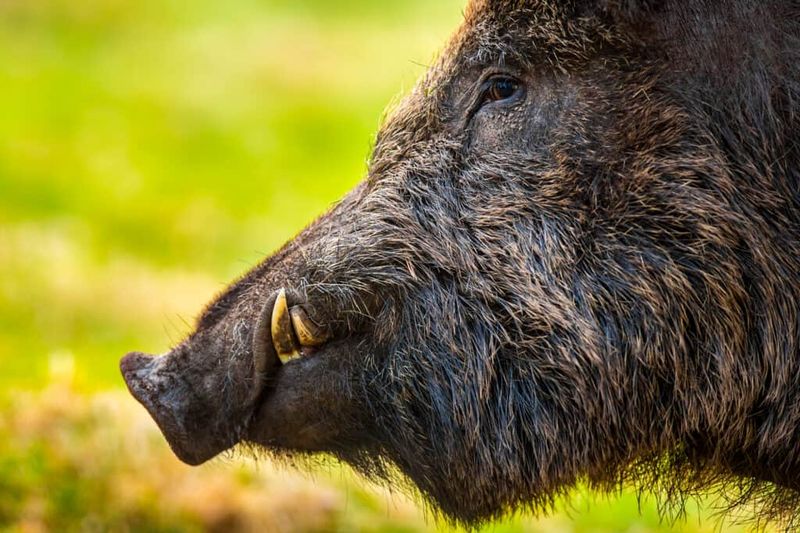
These highly adaptable animals eat virtually anything they encounter. Their omnivorous diet includes roots, tubers, worms, eggs, small mammals, and even young livestock.
Their incredible sense of smell helps them locate food underground. This feeding versatility makes them particularly successful invaders who can thrive in almost any environment.
Integrated Pest Management Approach
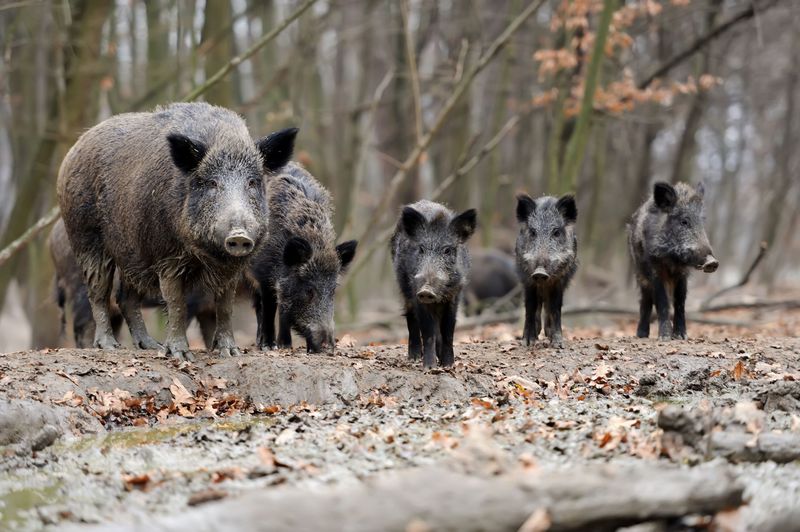
Successful control requires combining multiple strategies simultaneously. Farmers coordinate with neighbors for regional trapping programs while installing specialized fencing around vulnerable fields.
Population monitoring through trail cameras helps target control efforts. The most effective programs address multiple sounders (groups) concurrently rather than focusing on individual hogs.
Use Of Smart Traps For Efficient Capture
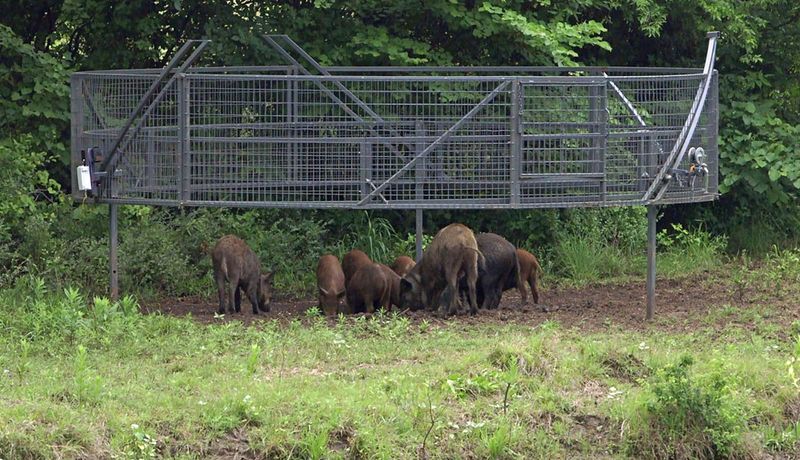
Modern technology has revolutionized hog trapping efficiency. Camera-equipped corral systems allow farmers to monitor traps remotely via smartphone apps.
Operators can trigger trap doors when entire groups enter. These sophisticated systems can capture 20+ hogs simultaneously, dramatically improving control efforts compared to traditional traps that might catch just one or two animals.
Aerial Gunning As A Control Method
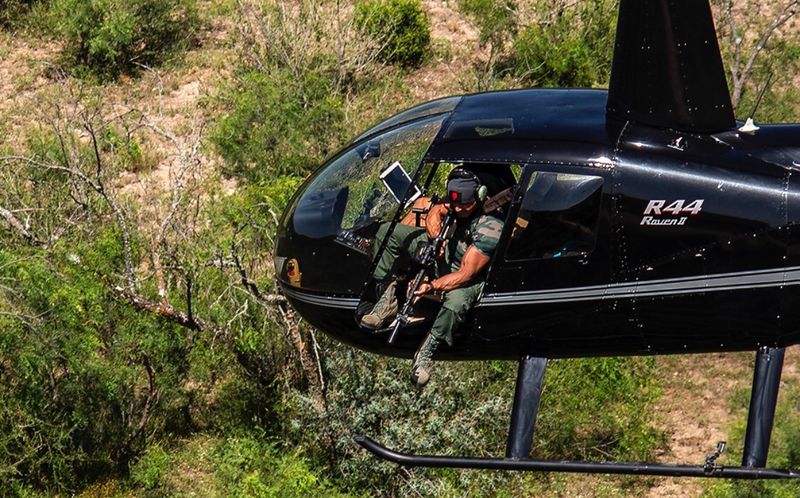
Helicopter-based hunting provides access to otherwise unreachable areas. Trained shooters can eliminate dozens of hogs hourly in open terrain where traditional methods fail.
While controversial, this approach targets specific damage hotspots quickly. The method is particularly effective in remote areas where trapping logistics prove challenging.
Challenges In Control And Management
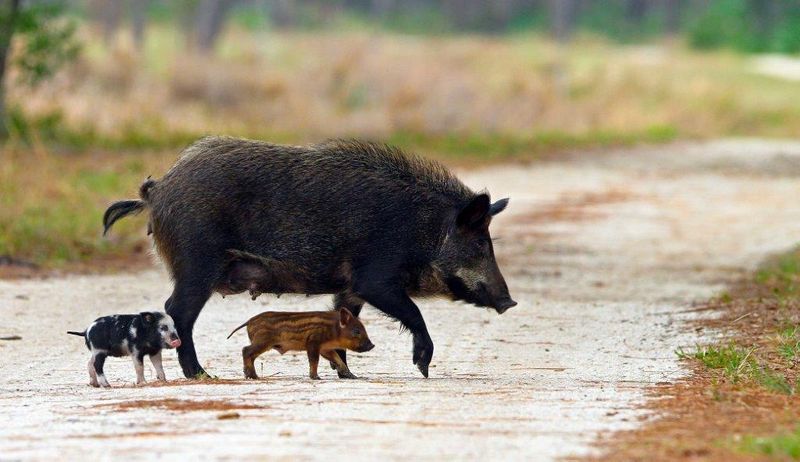
Feral hogs quickly learn to avoid traps and hunting pressure. Their intelligence allows them to adapt behavior after unsuccessful capture attempts.
Their nocturnal habits make detection difficult for farmers. Even with intensive control efforts, populations often rebound rapidly due to immigration from neighboring areas and high reproduction rates.
Legislative Measures And Controversies
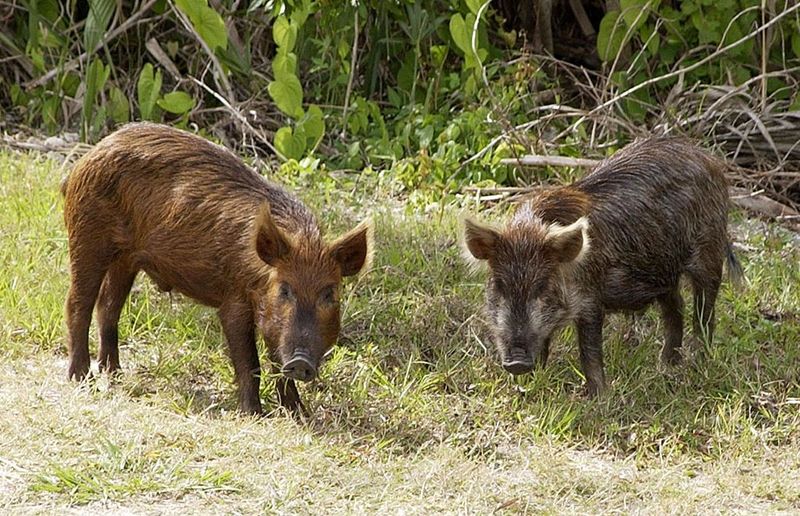
Texas lawmakers have implemented aggressive control policies. The controversial warfarin-based poison approval sparked heated debates between agricultural interests and environmental/hunting groups.
Current regulations allow year-round hunting without bag limits. Some counties offer bounty programs paying per-tail, though effectiveness remains questionable compared to coordinated trapping efforts.
Ongoing Research For Sustainable Solutions
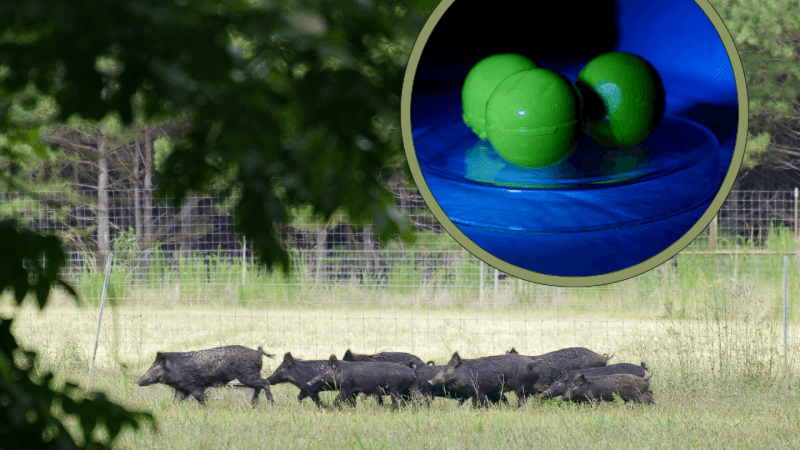
Scientists are developing contraceptive baits to limit reproduction. These fertility controls could potentially slow population growth without environmental concerns associated with lethal poisons.
Researchers also study hog movement patterns using GPS collars. Understanding their behavior helps design more effective control strategies that target entire social groups rather than individuals.
Environmental And Ecological Impacts
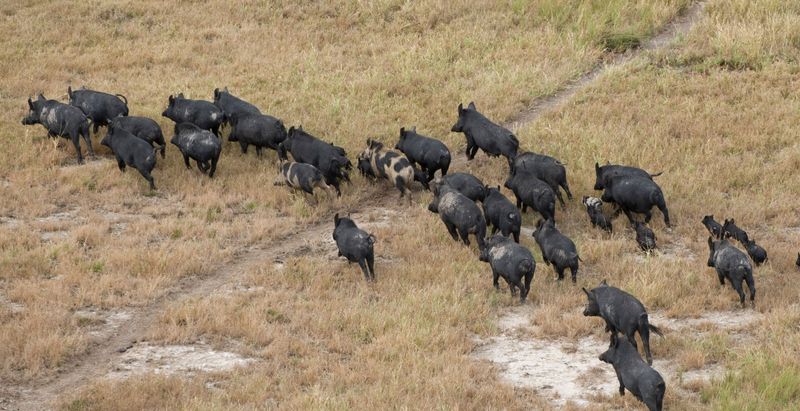
Feral hogs accelerate soil erosion through extensive rooting. Their disturbance creates perfect conditions for invasive plant species to outcompete native vegetation.
They contaminate waterways with bacteria and parasites. Native wildlife suffers from both direct competition and habitat degradation, creating cascading effects throughout entire ecosystems.

